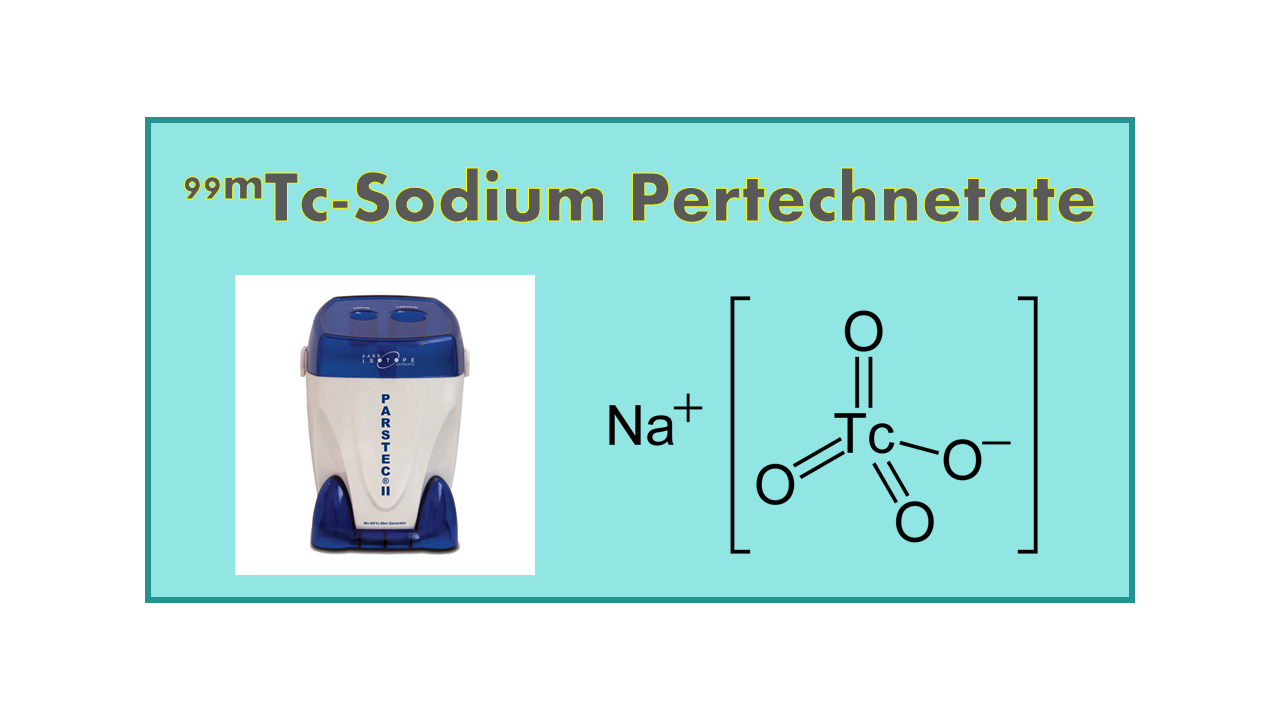
99mTc-Sodium Pertechnetate
April 29, 2024
99mTc-Sodium Pertechnetate is a radiopharmaceutical agent that is commonly used in nuclear medicine for various imaging procedures. It is a radioactive form of technetium, a metal that is commonly used in nuclear medicine due to its favorable imaging properties.
In brain imaging, 99mTc-Sodium Pertechnetate is used for cerebral radionuclide angiography, which is a non-invasive imaging technique used to visualize blood flow in the brain. This can help in diagnosing conditions such as stroke, brain tumors, and vascular malformations.
In thyroid imaging, 99mTc-Sodium Pertechnetate is used to evaluate thyroid function and detect abnormalities such as nodules or tumors. It is also used in the diagnosis of thyroid disorders such as hyperthyroidism and hypothyroidism.
In blood pool imaging, 99mTc-Sodium Pertechnetate is used for radionuclide angiography, which is a technique used to visualize blood flow in the heart and blood vessels. This can help in diagnosing conditions such as coronary artery disease, heart failure, and vascular abnormalities.
In urinary bladder imaging, 99mTc-Sodium Pertechnetate is used for direct isotopic cystography, which is a technique used to detect vesico-ureteral reflux. This condition occurs when urine flows backward from the bladder into the ureters and kidneys, leading to urinary tract infections and kidney damage.
Overall, 99mTc-Sodium Pertechnetate is a versatile radiopharmaceutical agent that is widely used in nuclear medicine for a variety of imaging procedures to help diagnose and monitor various medical conditions.
Description
99mTc-Sodium Pertechnetate (99mTc-Pertechnetate) is the radioactive solution that is extracted from a 99Mo/99mTc generator and used directly as a tracer for some specific applications (after filtration and dilution). As all 99Mo/99mTc generators have a MA as a drug, all generators are able to produce this tracer. The manufacturers of 99mTc-Sodium Pertechnetate are the manufacturers of 99Mo/99mTc generators.
US MAs were obtained by Mallinckrodt in November 1973, by Bracco in June 1974, by Amersham in July 1974, by CISbio in October 1976 and by Dupont in November 1976.
Clinical applications
99mTc-Sodium Pertechnetate is used as an agent for brain imaging (including cerebral radionuclide angiography), thyroid imaging, blood pool imaging (including radionuclide angiography) and urinary bladder imaging – direct isotopic cystography) for detection of vesico-ureteral reflux. In adult patients it can also be used for salivary gland imaging, placenta localization and nasolacrimal drainage system imaging (dacryoscintigraphy).
Other than for brain death, conventional brain scintigraphy with 99mTc-Sodium Pertechnetate is no longer routinely performed.
Availability
Amersham Sodium Pertechnetate was withdrawn from the US market in 2005. Mallinckrodt did the same in 2007.
Competition
Competition is only among generator manufacturers, but the use of Pertechnetate as an imaging agent is very limited.
Comments
Historically, this was the first product to be filed as 99mTc-based tracer for imaging. As the generator itself was described in the first dossier for getting approval for 99mTc-Perchtechnetate, this became the starting point for the authorities to consider the generator as a non-dissociated part of the drug. Since then, new generators that are provided to the final customer are considered as drugs as well, and not medical devices, and need to get a MA through the NDA procedure. Obviously, on this basis, the 82Sr/82Rb had to obtain a MA as a drug and not a medical device, but, unfortunately, this rule applies now to generators that are used only as precursors for radionuclides needed exclusively for labeling (such as 68Ge/68Ga generators).